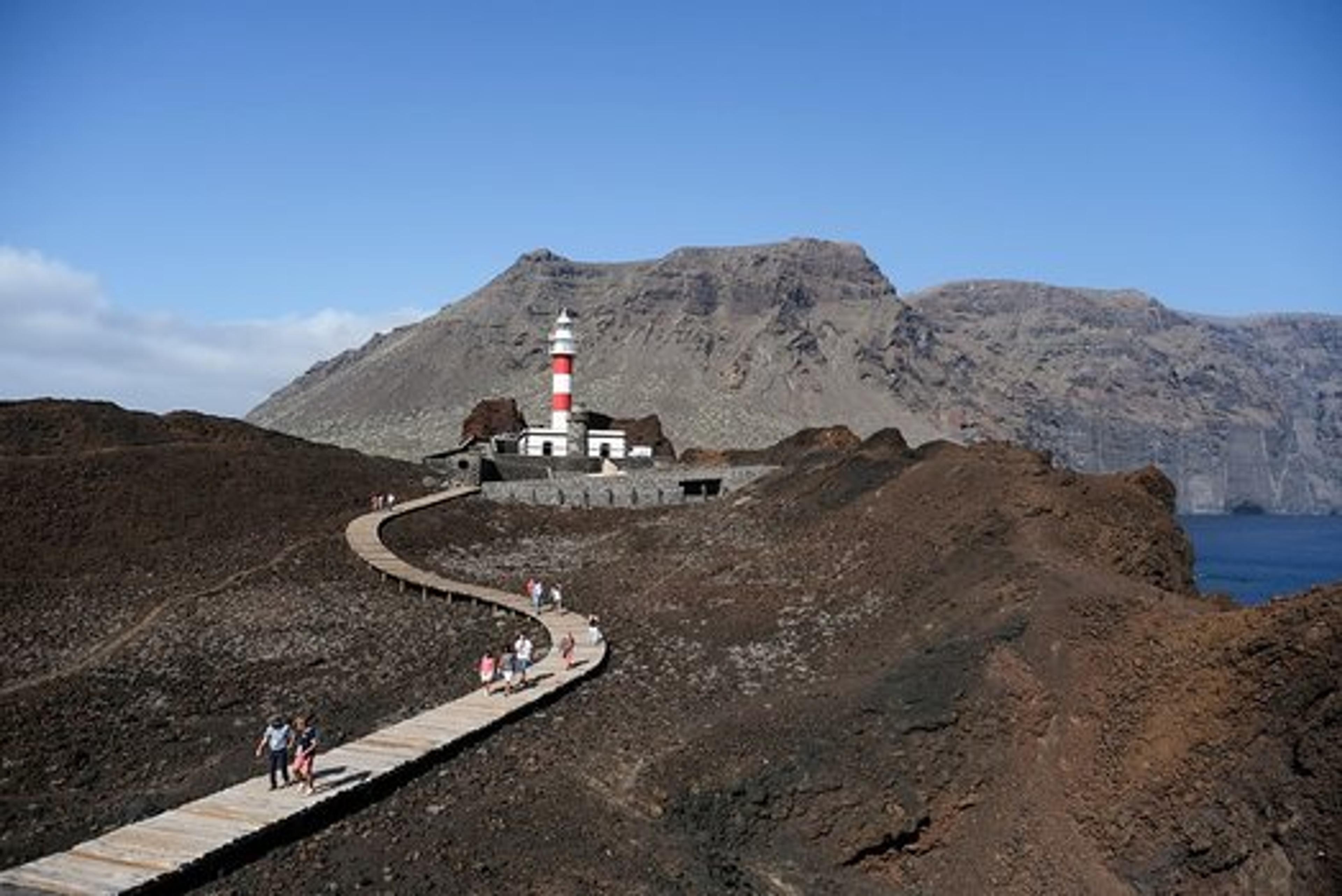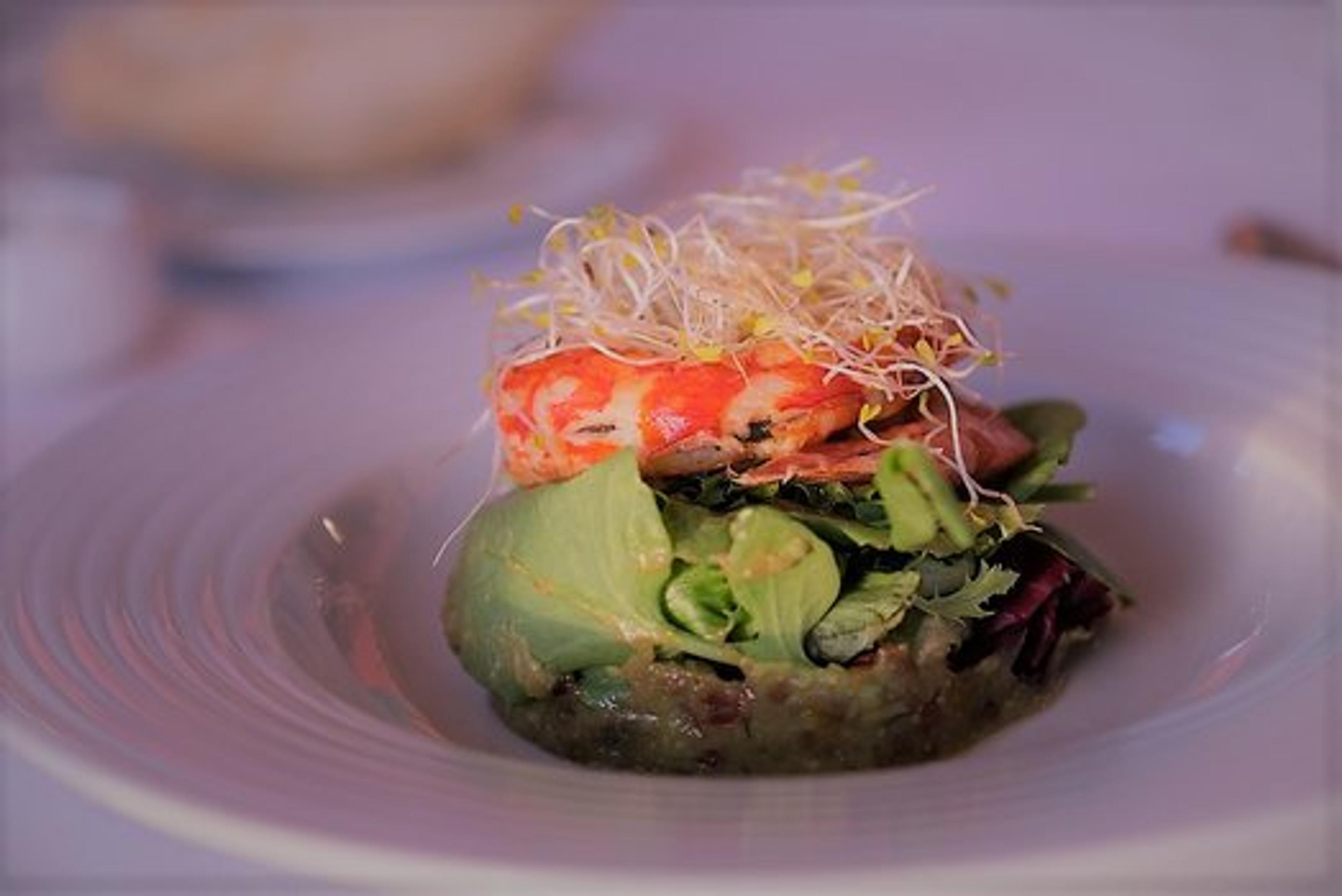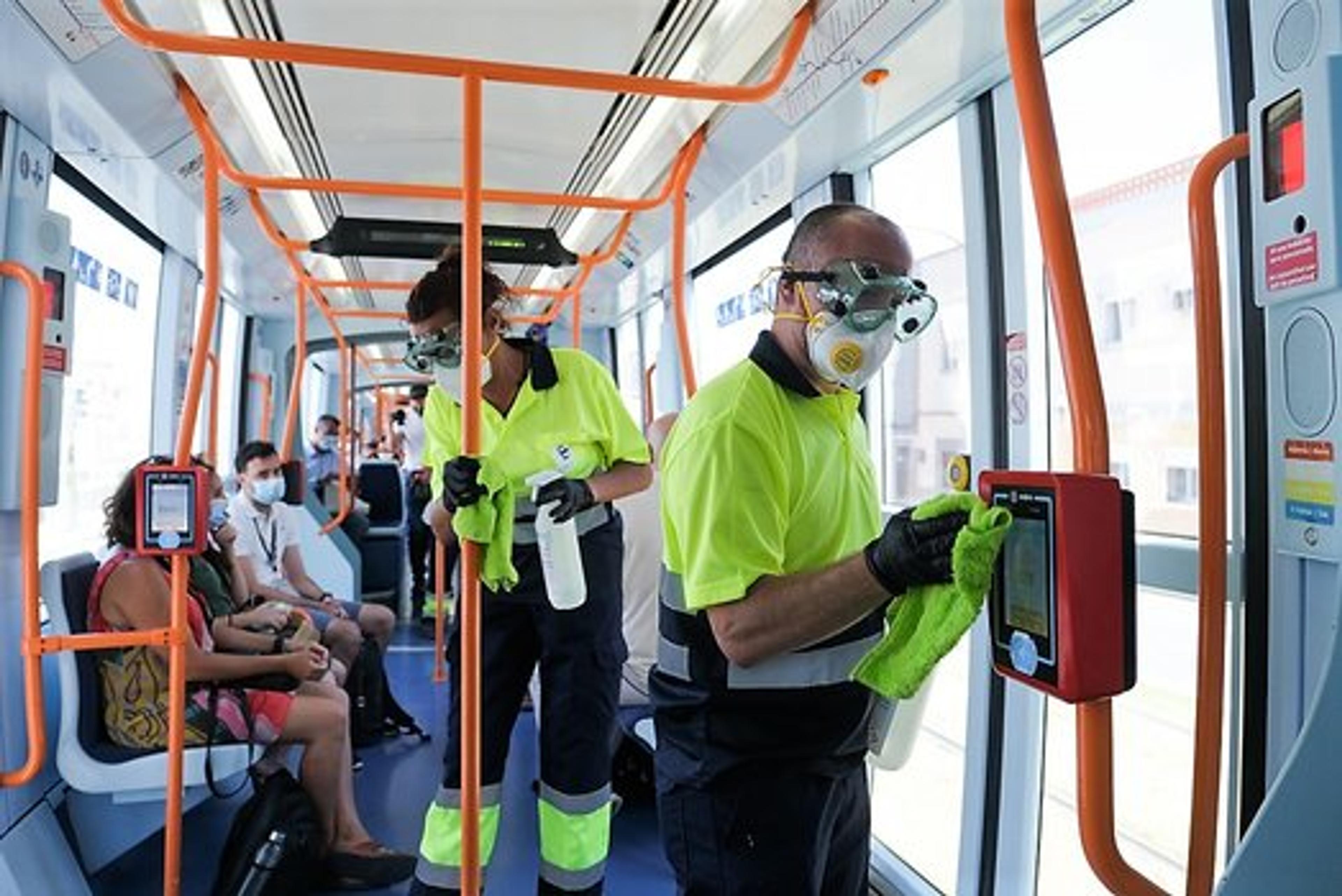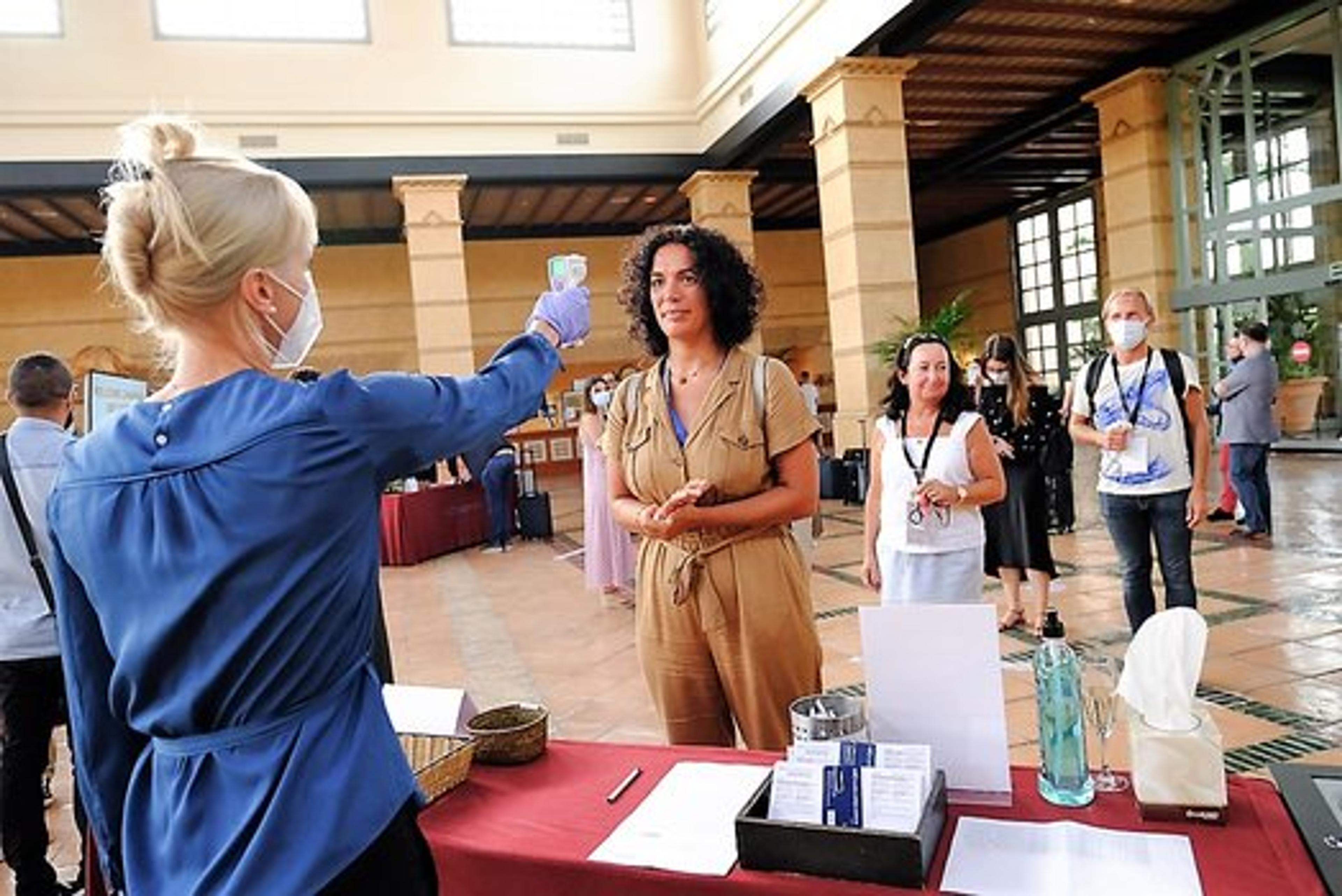Most travel writers wouldn’t put covering health and safety on top of their aspirational writing list, but in this COVID-19 era, you can imagine that is probably one of the most googled topics around. Recently, I flew out on the first ‘COVID-free’ flight to the Canary Islands to discover the multi-faceted aspects of Tenerife and also how COVID-secure their safety procedures are throughout the island. On the same flight was the UNWTO Secretary-General, Zurab Pololikashvili. His team at the United Nations is keen to kick-start the tourism industry again, knowing how vital tourism is to places like the Canary Islands.

In this new era, one thing to note is there are always risk with travelling and it’s more pertinent than ever in the current climate. When I travelled to Tenerife, there was no quarantine period for returning UK travellers, but that had changed by the time I wrote up this article. No doubt, this might change again a few times before the current crisis is over. My advice is to book your holidays, but make sure you book it last minute.

Tenerife and all of the Canary Islands are probably one of the safest places on earth with very low rates of COVID infections over the last few months. At the time of writing, the Canary Islands had about 2,610 confirmed cases in total since the beginning of the year; there are 8 islands in total and to put things into perspective, at the height of the pandemic, UK had almost 1,000 cases in a single day.
During our few days of visiting the various parts of the island, mask-wearing was commonplace both indoors and outdoors, hand-sanitisers were in abundance and you are greeted with hand sanitising on arrival in some restaurants. Public areas, and in particular public transport, are cleaned frequently such as our tram ride from Santa Cruz to the UNESCO World Heritage Site of San Cristobla de La Laguna.

If you want to know how well they’ve adapted, you need to look no further than our first-night stay at H10 Costa Adeje Palace. Yes, that is the infamous hotel that had an early outbreak of COVID-19 back in February where the guests had to quarantine for a maximum of 14 days. Our temperature was checked on arrival, the pens we used to sign the documents were used once and then cleaned. The breakfast buffet was still happening, but dishes were either covered in cling film or served to you by a waiter. You are more likely to come across a hand sanitiser throughout the hotel rather than finding a cash machine.

The question of mask-wearing is often on people’s minds. No, you don’t have to wear them whilst you are sat down eating your breakfast and also when you are on your sun lounger. They’ve made sure the loungers are socially distanced and there’s never more people in the swimming pool than there are sun loungers available.
Likewise, we had a socially-distanced welcome dinner, where there were only 4 people per round table which normally fits 8-12 people. Microphones for speeches were sprayed in between different speakers. Our welcome presents included face coverings and hand sanitisers.

If there are any concerns, it’s not from the islands themselves but the flying experience. You are still sat very close to other air passengers. You are still served food during the journey where you have to remove your masks. And despite warnings to not stand up until the rows in front have departed first on arrival, most people are still desperately keen to get off the plane. Transfer buses are also incredibly cramped. If governments and airport authorities can introduce more uniformity to COVID-secure procedures at airports than this will no doubt help to bring the industry back to more of a stable footing.
https://www.webtenerife.com/


Comments are closed.